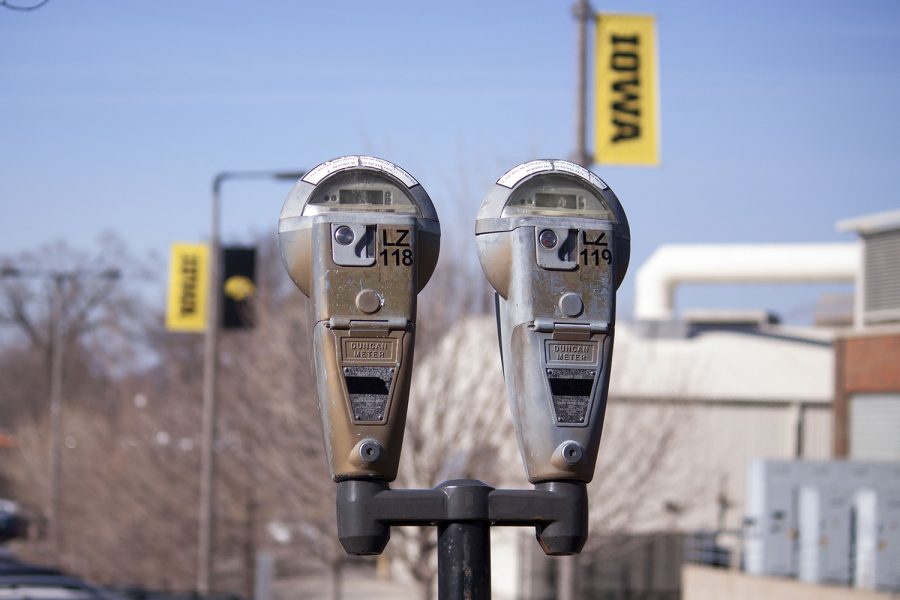Henri Harper talks with his hands.
He jabbed his finger at a yellow piece of paper on the table in front of him. He threw his hands up in the air.
“I’m tired of meetings,” said Harper, the City High juvenile-courts liaison.
But Wednesday night he found himself at yet another meeting designed to address juvenile problems on the Southeast Side of Iowa City. He was determined, though, that the people gathered around this round table could stop talking and start creating change.
The new group includes community leaders and members: the director of the Broadway Center, the leader of a mentoring program, a mother of two.
They were clear about what they want — to create options for parents and kids.
“Why is it the only time a parent can get help is when the kid lands in juvenile court?” asked Sue Freeman, the director of the Broadway Center, with a laugh that wasn’t quite funny.
The group members differed in their feelings about a proposed juvenile-curfew ordinance, which the Iowa City City Council has tabled until December. They recognized a curfew may be needed to keep kids off the street after dark. But members agreed it is important to first address why the kids are there at all.
For example, a single mother who works the night shift, said Iowa City resident and mother of two boys, Kenya Badgett. What if before leaving, she puts her children to bed but can’t afford a baby-sitter? They can get up and go outside after their mother leaves.
A daycare option would benefit that mother more than an ordinance, she said. So would knowing neighbors who would know her kids weren’t supposed to be outside.
Options for kids are also important, Harper said, and not every boy in Southeast Side neighborhoods likes basketball.
But in Iowa City, activities for children — even school-sponsored ones — require time and money, which many parents don’t have.
Badgett said she is trying to start a Boys and Girls Club in the area, and Harper runs the Fas Trac program at City High for college-bound students. But they say more is needed.
“I don’t want it to become a city I don’t want to live in,” Badgett said. “And it’s up to the adults.”
But if a kid doesn’t take advantage of new opportunities and continues to roam the streets at night — that’s where the police come in. And Harper made it clear he wouldn’t hesitate to call.
“I think it’s great,” said Iowa City police Officer Jorey Bailey about the coalition. “I think any tool that can build relationships and educate is a good thing.”
Next week, coalition members will start going door-to-door to begin building the neighborhood connections they stress are needed. Badgett thinks this approach will be effective. Instead of asking people to come to meetings with unfamiliar homeowners, coalition members can approach people where they feel comfortable.
Ultimately, many said, the coalition is about making sure the people working for a solution are those who have experienced the problem.
“We want to take responsibility for our own neighborhood,” Harper said. “I want people on the same page, working for the same goal.”






